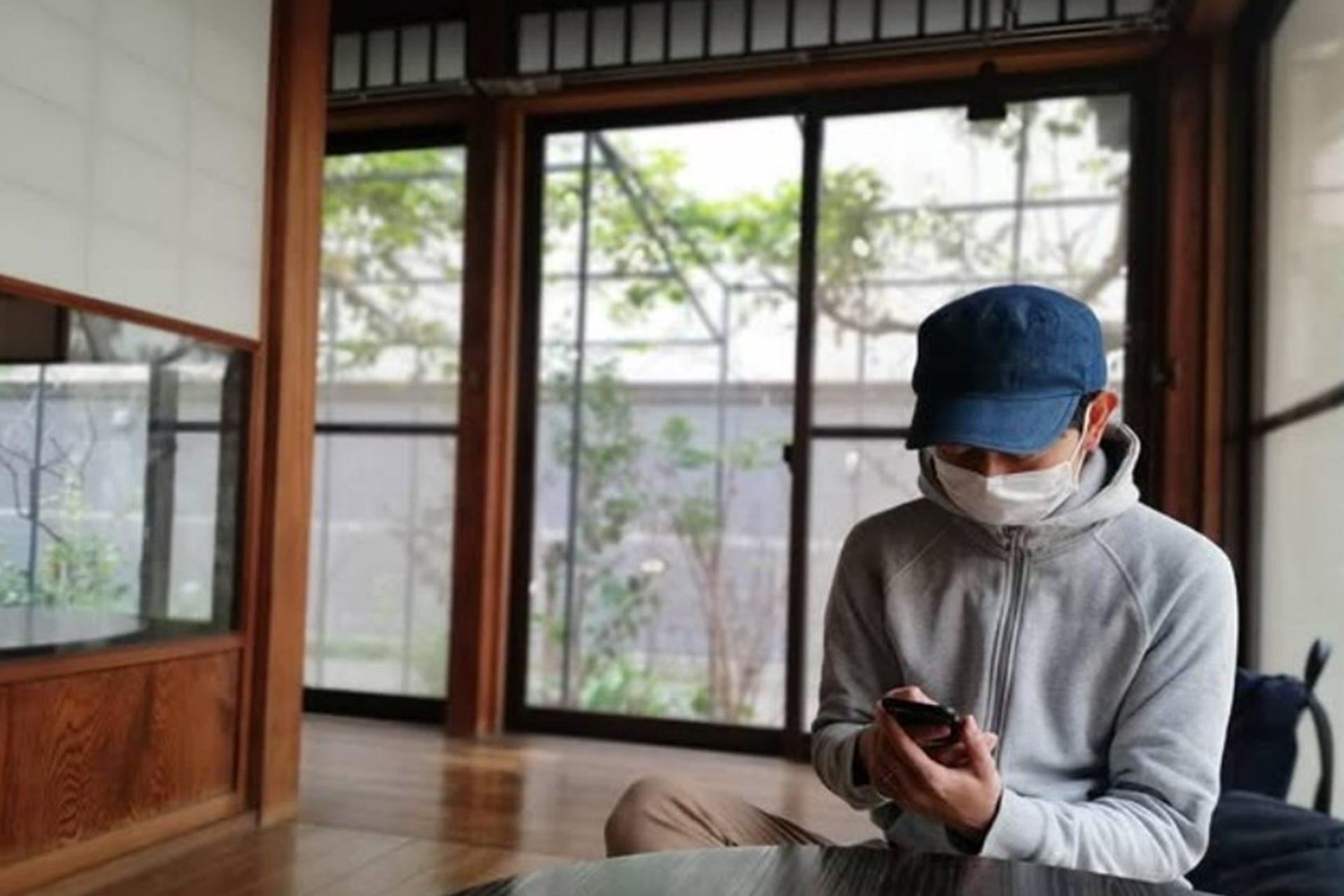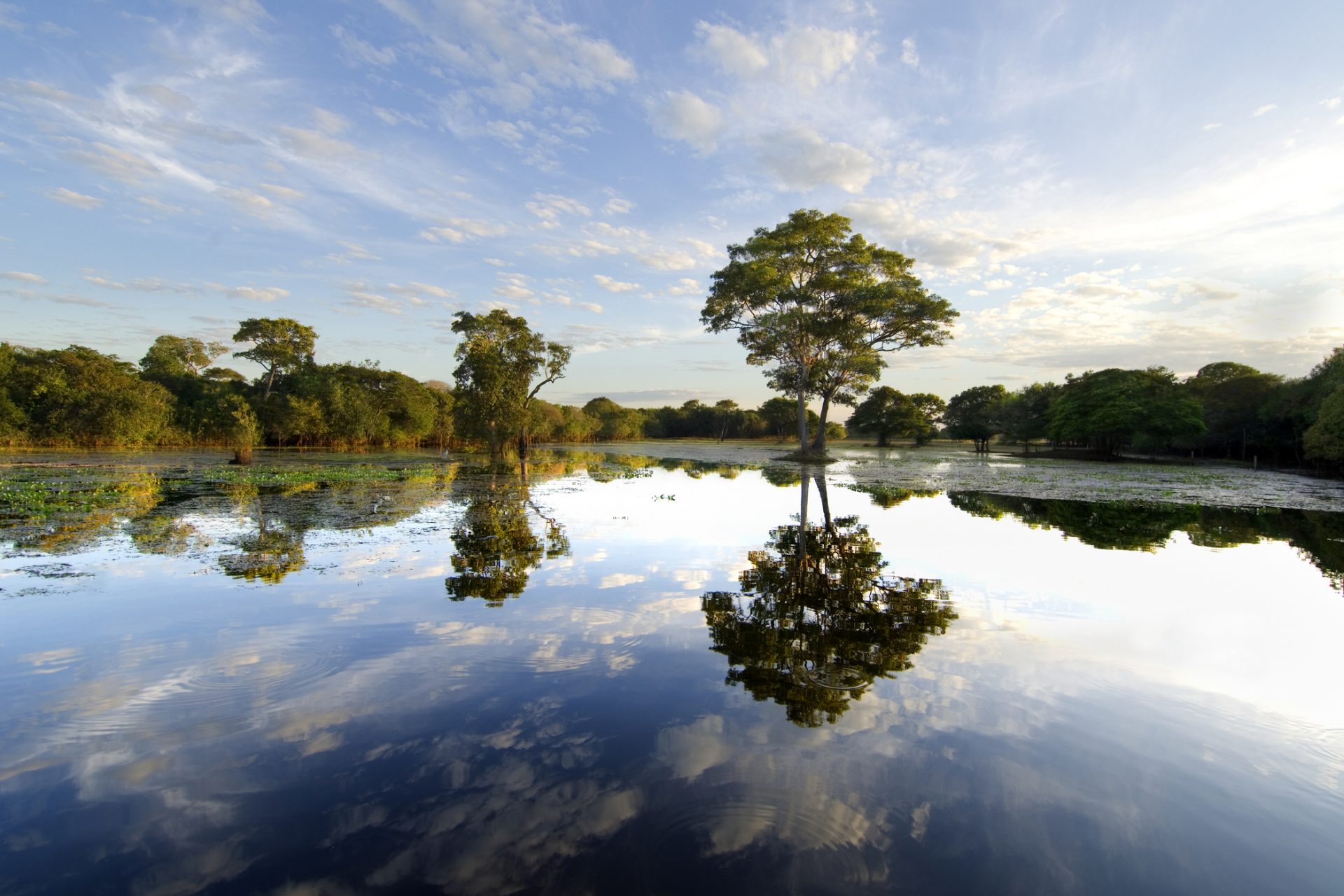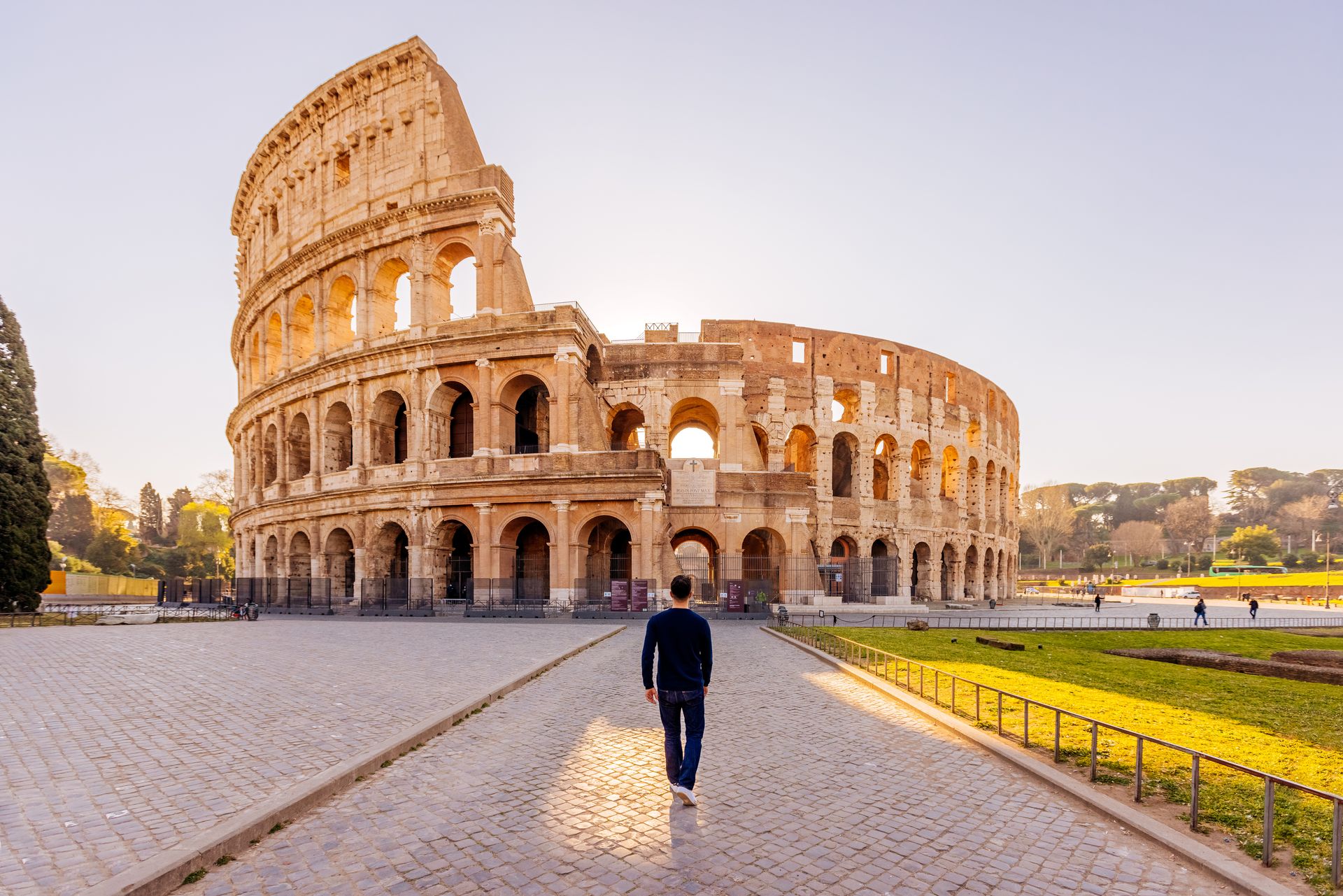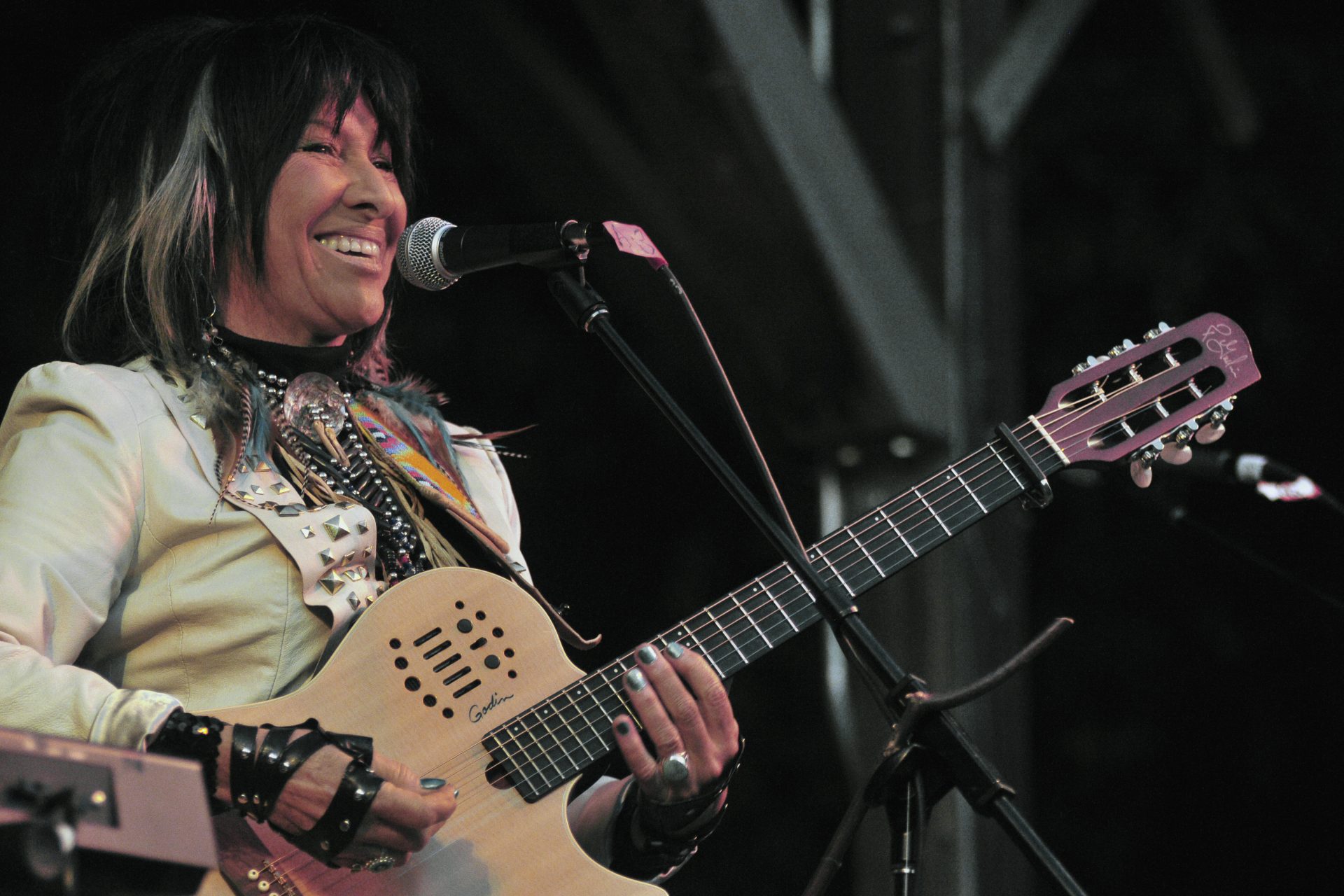Bet you didn't know this about Sweden!
In northern Europe, Sweden is a fascinating country full of curiosities and traditions that we know little about. Here are some that you will be happy to share at the water cooler or at your next family meal!
Celebrated at the end of August, the crayfish festival - also called "Kräftskiva" - is a popular festivity in which crayfish are eaten at long tables. For the occasion, it is customary for diners to wear a "Partyhatt" (a pointed paper hat) and sing traditional hymns.
This ice hotel is located in the village of Jukkasjärvi, in the Arctic region of Lapland. It usually opens from December to April, then melts in the spring. It is therefore rebuilt each year from blocks of ice and snow. Inside, the temperature is kept at -4°C... enough to scare the most cautious of travelers! Also, note that this is the largest ice hotel in the world.
In the 1940s, dental caries was a real scourge in Sweden. To limit the cases, the Swedish authorities have recommended that parents allow sweets only once a week to their children. And that's how the concept of "Lördagsgodis", literally "Saturday sweets" was born!
To the southwest of Stockholm, the county of Sörmland is endowed with great cultural and historical wealth. It has indeed nearly 400 castles and mansions! A little paradise for those who love visiting historical monuments.
The Swedish coffee break, called the "Fika", is very common and almost compulsory in the country. A real social phenomenon, this practice consists of taking your time (it often lasts between 15 and 45 minutes) with a coffee accompanied by cinnamon rolls, the "Kanelbullar". Studies have shown that "Fika" breaks taken in the workplace make employees more efficient and reduce their stress.
Did you know that the Swedes were the origin of many inventions? And among them, some have radically changed the world! The three-point seat belt, for example, has saved millions of lives. The pacemaker, Bluetooth, the zipper, dynamite (Alfred Nobel), kit furniture, and even the adjustable wrench are other famous Swedish inventions.
With an area of 450,295 square km, Sweden is one of the largest countries in Europe, just behind France and Spain. But it is also one of the territories with the lowest population density with 21.8 inhabitants per square km.
The current king of Sweden, Charles XVI Gustave (photo), is the descendant of a French soldier born in Pau, Jean-Baptiste Bernadotte. In the 19th century, because of his services to Sweden, the Swedish Parliament designated Jean-Baptiste Bernadotte as the crown prince and regent of King Charles XIII. He then became king under the name of Charles XIV Jean and reigned from 1818 until his death in 1844.
This unusual tradition dates back to the early 1960s and continues to this day! Every afternoon on December 24, the Swedes find themselves in front of the cartoon "Kalle Anka och Hans vänner önskar God Jul" (“Donald Duck and his friends wish you a Merry Christmas”), broadcast on the first television channel. For decades, Christmas was the only time of year when Swedes could watch Disney cartoons on television, which had only two channels.
Currently, the standard VAT rate in Sweden is 25%, which places it among the highest in Europe, along with Denmark, and Norway (25%). Only Croatia has a higher VAT than these three Nordic countries (27%). However, Swedes appear to be happy to pay high taxes.
There are nearly 92,500 lakes larger than one hectare in Sweden. Its largest lake is called the Vänern, and it is located in the southwest of the country. It is the third largest in Europe.
Like their Danish and Norwegian neighbors, the Swedes descend from the Vikings; warriors, and sailors who invaded northern Europe in the eighth century.
Sweden is one of the most forested countries in the world. Its forests cover 63.8% of its territory. This makes it the second greenest country in Europe, after Finland.
In Sweden, Julmust is a soft drink consumed mainly around Christmas time. At Easter, this soda changes its name and becomes "Påskmust".
Environmental awareness is deeply rooted in Swedish culture and in Nordic countries in general. That's why Scandinavia has some of the cleanest countries in the world, including Sweden. The Swedes are very attached to their natural landscapes and take particular care of them. In addition, in 2014, the Global Green Economy Index ranked Sweden as the number one greenest country in the world.
Founded in 970, the Kingdom of Sweden is the 8th oldest existing monarchy in the world. But it is also considered the most modern. In 1980, the monarchy modified its rules of succession by including female descent of the sovereign. Crown Princess Victoria of Sweden (pictured) is now first in line of succession.
Haparanda (Sweden) and Tornio (Finland) share the Torne River and a common history. But there is no physical border between the two cities, which means that the inhabitants go daily to one and the other to work or do their shopping. The two municipalities are so close that they have combined certain services. For example, they share the same post office!
This is the adverb "Lagom" which is considered untranslatable. Its meaning varies depending on the situation, but in many cases, it means that something is "as far as it should be", or in the "golden mean", or "neither too much nor little". "Lagom" has become a real concept linked to the Swedish art of living.
In 2022, Sweden became the largest exporter of electricity in Europe, taking over the first place from France. Between January and June 2022, the Nordic country indeed exported 16 TWh (mainly to Denmark and Finland), just ahead of Germany, which exported 15.4 TWh over the same period. Note also that thanks to its dams, Sweden has one of the greenest electricity sources in Europe.
In 1979, Sweden became the first country to ban corporal punishment. Since then, the rate of abuse has decreased, gradually becoming almost zero.
Sweden's LGBTQ+ rights legislation is one of the most progressive in Europe and the world. Associations campaigning for the rights of the community have existed since 1950. Sweden is notably the first country to have allowed transgender people to undergo gender reassignment surgery: since 1972. Many rainbow flags are flying everywhere in the country.
Close to the Arctic Circle, Sweden experiences particularly harsh winters. In December, a night in Stockholm starts at about 6 p.m. Due to the lack of light, Swedes often feel depressed. But as you have seen previously, the Swedish population is renowned for its inventiveness! So, to fight against seasonal depression, the Swedes treat themselves to light therapy treatments.
Recycling is completely rooted in Swedish culture. With 99% of its waste recycled, Sweden is the world champion in recycling, and its goal is to one day reach 100%. But that's not all: very invested in our planet, Sweden also manages waste from its neighboring countries!
This tradition is rather crazy but does really exist. At Uppsala University, the students of the Flogsta residence open their windows every evening at 10 p.m. and start shouting. A way for them to let off steam.
In 1974, Kim Il Sung ordered a thousand Volvo 144 GLs from Sweden for his taxi drivers and several members of his party. At the time, North Korea had no money. The Swedish order was still delivered but has never been paid for. Since then, Sweden has been reminding North Korea twice a year, sending it the bill, which would now amount to more than 300 million euros.
The Stockholm metro, known as the "Tunnelbana", is the largest art gallery in the world. Of the 110 existing metro stations, 90 were decorated by 150 artists, between the 1950s and 2000s.
The Swedish passport is one of the most coveted in the world. According to 2022 data from the International Air Transport Association (IATA), the Swedish passport allows you to visit 188 countries without a visa, making it the 5th best in the world, tied with French, Danish, Austrian, and Dutch passports.
Sweden's National Day is celebrated on June 6. But it is the day of Midsommar (Saint-Jean) that excites the Swedes the most. This holiday is held to celebrate the summer solstice, which falls between June 19 and 25. On this date, the night hardly falls in Sweden, and its inhabitants party, usually with the family, until the early morning. It is traditional for young girls to wear a crown of flowers on this day.
Brioche filled with marzipan and cream, "Semla" is a typical Swedish dessert. It is usually prepared for Mardi Gras, but the Swedes love it at any time; they would consume about 20 million each year!
Northern Lights can be observed all over Swedish Lapland, in the northwest of the country, an area that represents a quarter of Sweden. They usually occur from January until the end of March. They are a magnificent spectacle of nature that many dream of admiring one day.










































